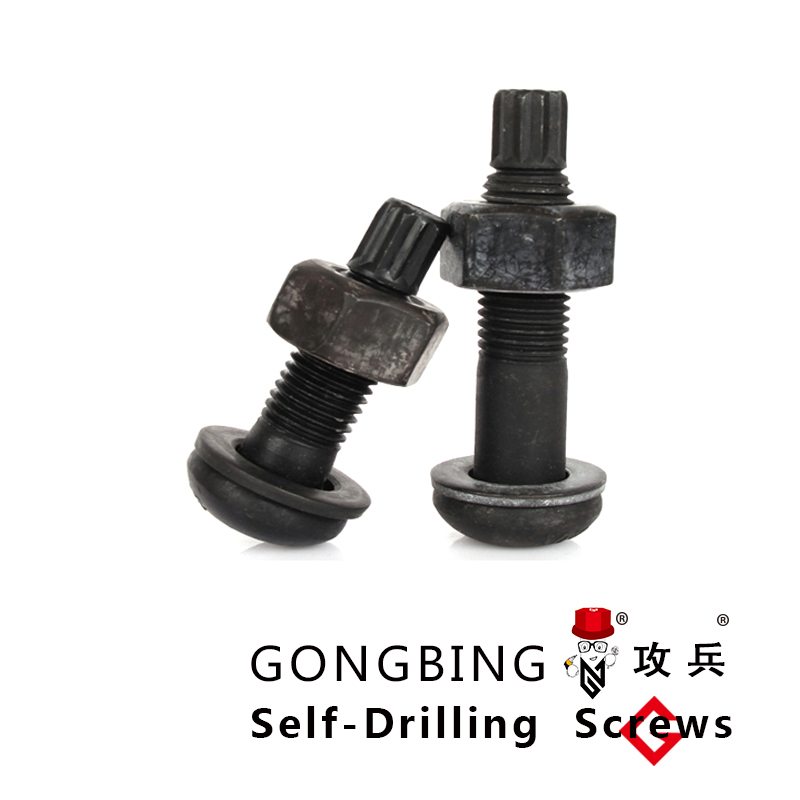Understanding Chemical Anchor Fixings for Secure and Durable Construction Solutions
Understanding Chemical Anchor Fixings A Comprehensive Guide
Chemical anchor fixings are an essential component in the construction and engineering sectors, providing robust solutions for securing a variety of structures and materials. These fixings utilize a chemical bonding process between an adhesive and the base material, resulting in a strong, durable connection that is often superior to traditional mechanical anchors. This article explores the advantages, applications, and installation processes of chemical anchor fixings, shedding light on why they are increasingly preferred in both residential and commercial projects.
What Are Chemical Anchor Fixings?
Chemical anchors consist of a resin or adhesive that is injected into a drilled hole, along with a corresponding anchor element that is subsequently inserted into the adhesive. The resin sets and bonds to both the anchor and the surrounding substrate, which can be concrete, brick, or masonry. This chemical reaction creates a strong bond that provides exceptional tensile and shear strength, making it ideal for various applications where reliable anchoring is crucial.
Advantages of Chemical Anchor Fixings
1. High Load Capacities One of the primary benefits of chemical anchors is their ability to handle high load capacities. The chemical bond achieved by the resin often exceeds the performance of traditional mechanical anchors, allowing contractors to use fewer anchors while still achieving the required strength.
2. Versatility Chemical anchors can be used in a wide range of materials including concrete, masonry, and even hollow blocks. This versatility makes them suitable for various construction projects, from industrial settings to residential buildings.
3. Installation Flexibility Unlike traditional anchors, which may have restrictions regarding edge distances and spacing, chemical anchors offer greater flexibility in installation. They can be positioned closer together and near edges, maximizing the use of space.
4. Resistance to Corrosion and Chemicals Chemical anchors usually demonstrate excellent resistance to corrosion, making them ideal for outdoor applications or in environments that may be chemically aggressive. This durability can extend the lifespan of the installation and reduce maintenance costs.
5. Limitless Applications Chemical anchors are used in a multitude of applications, including securing steel beams, installing railings, anchoring machinery, and even in challenging seismic zones where dynamic loads are a concern.
Installation Process of Chemical Anchor Fixings
chemical anchor fixings

The installation of chemical anchors follows several key steps
1. Preparation of the Substrate Begin by preparing the substrate. Ensure that the drilling area is free from dust, grease, and other contaminants. The integrity of the substrate is critical for forming a strong bond.
2. Drilling the Hole Using a correctly sized drill bit, create a hole in the desired location. The diameter and depth of the hole will vary depending on the specific chemical anchor being used.
3. Cleaning the Hole Thoroughly clean the drilled hole using a vacuum or compressed air to remove any debris. This step helps achieve optimal adhesion for the resin.
4. Injecting the Resin Depending on the system being used, inject the chemical resin into the hole. Some products have a dual cartridge system that mixes the resin and hardener as it is dispensed.
5. Inserting the Anchor Quickly insert the anchor into the resin-filled hole while the adhesive is still wet. Twist it slightly as you push it in to ensure proper distribution of the resin.
6. Curing Time Allow the resin to cure as per the manufacturer's recommendations. This period can range from a few minutes to several hours, depending on the specific product and environmental conditions.
7. Final Inspection Once the resin has cured, perform a thorough inspection to ensure that the anchor is securely bonded.
Conclusion
Chemical anchor fixings offer unparalleled strength, versatility, and ease of installation, making them an ideal choice for many construction needs. Their advantages over traditional mechanical anchors can lead to significant benefits in terms of safety and reliability. As construction technologies continue to evolve, the use of chemical anchors will undoubtedly play an increasingly significant role in ensuring the structural integrity of buildings and other installations. Therefore, understanding and employing these fixings will not only enhance projects but also contribute to overall construction excellence.
-
Weatherproof Plastic Expansion Anchors for OutdoorBeritaJun.06,2025
-
Sustainability in the Supply Chain: Eco-Friendly TEK Screws ProductionBeritaJun.06,2025
-
Load-Bearing Capacity of External Insulation FixingsBeritaJun.06,2025
-
Double Head Bolts: Enhancing Efficiency in Industrial MachineryBeritaJun.06,2025
-
Corrosion Resistance in Chipboard Screws: Coatings for Wholesale DurabilityBeritaJun.06,2025
-
Butterfly Toggle Bolts : Enhancing Structural ResilienceBeritaJun.06,2025
